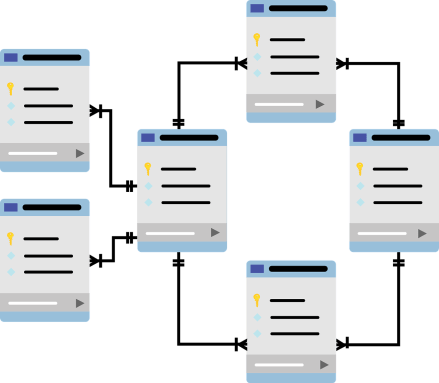Much has been written about how enterprises are awash in data, generating new signals at an accelerating rate. A lot of this focus has been on the data analytics and machine learning space, where arguably a large opportunity lies. Businesses are struggling to process all their data in order to gain new customer insights and improve performance. Recent IPOs like Snowflake, C3.ai and Palantir have driven investor interest and delivered valuations that reflect the huge potential.
While these opportunities in big data convergence, AI and advanced analytics are exciting, an equally significant evolution is happening on the transactional side of data storage and distribution. Models for data storage have moved far beyond a single large relational database housed on premise. Application architectures are evolving rapidly, with the return of rich clients, disparate device channels, an ecosystem of APIs and breaking up monoliths into micro-services. Cloud hosting and serverless have provided new ways to manage the runtimes that execute code. Software engineering roles have been coalescing, highlighted by the ascendancy of the developer and a bias towards productivity.
These forces are creating opportunities for emerging technology providers to capture developer mindshare and power application workloads. Cloud-based services have lowered the barrier to entry for launching new transactional data storage solutions. In the same way that Snowflake created a robust offering separate from the hyperscalers, independent data storage companies are thriving on the transactional side. This blog post provides investors with some background on application data storage technologies and an examination of trends in modern software architectures. It concludes with a survey of companies (several that are publicly traded) which stand to benefit as application workloads explode.
Continue reading










